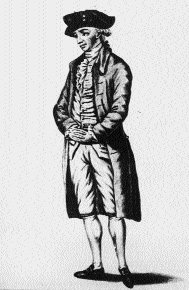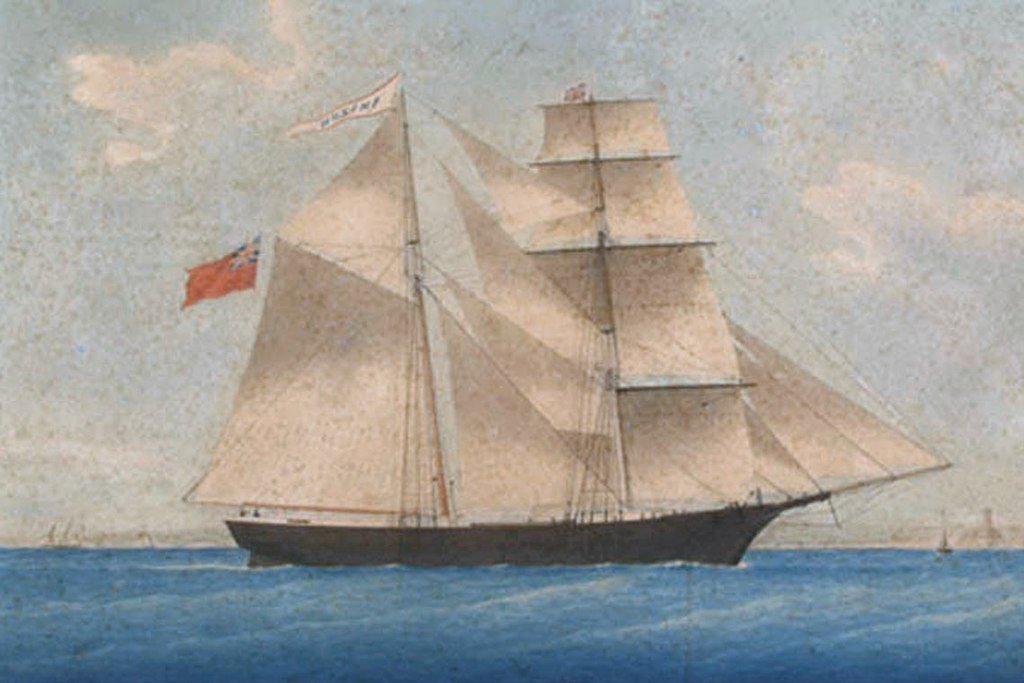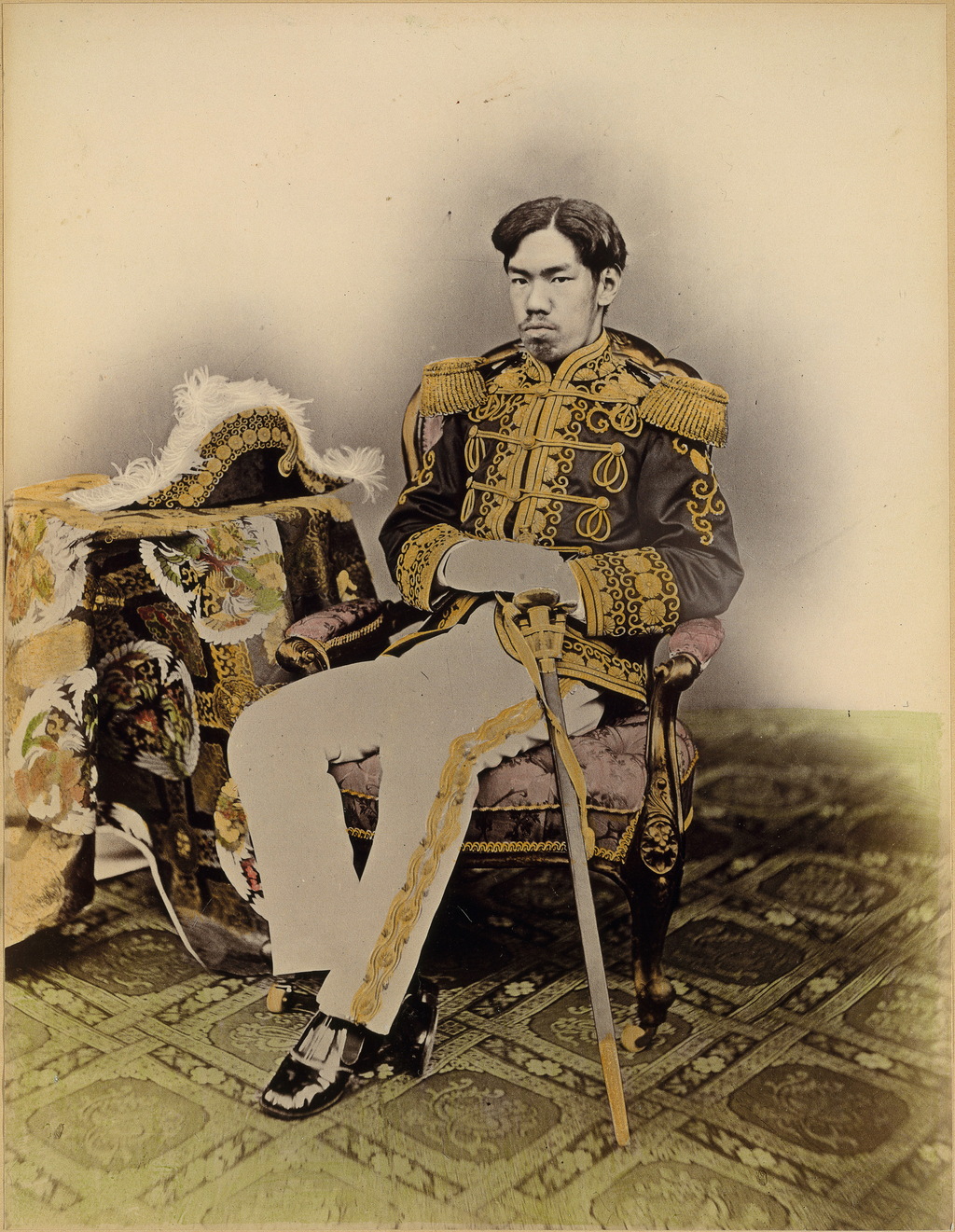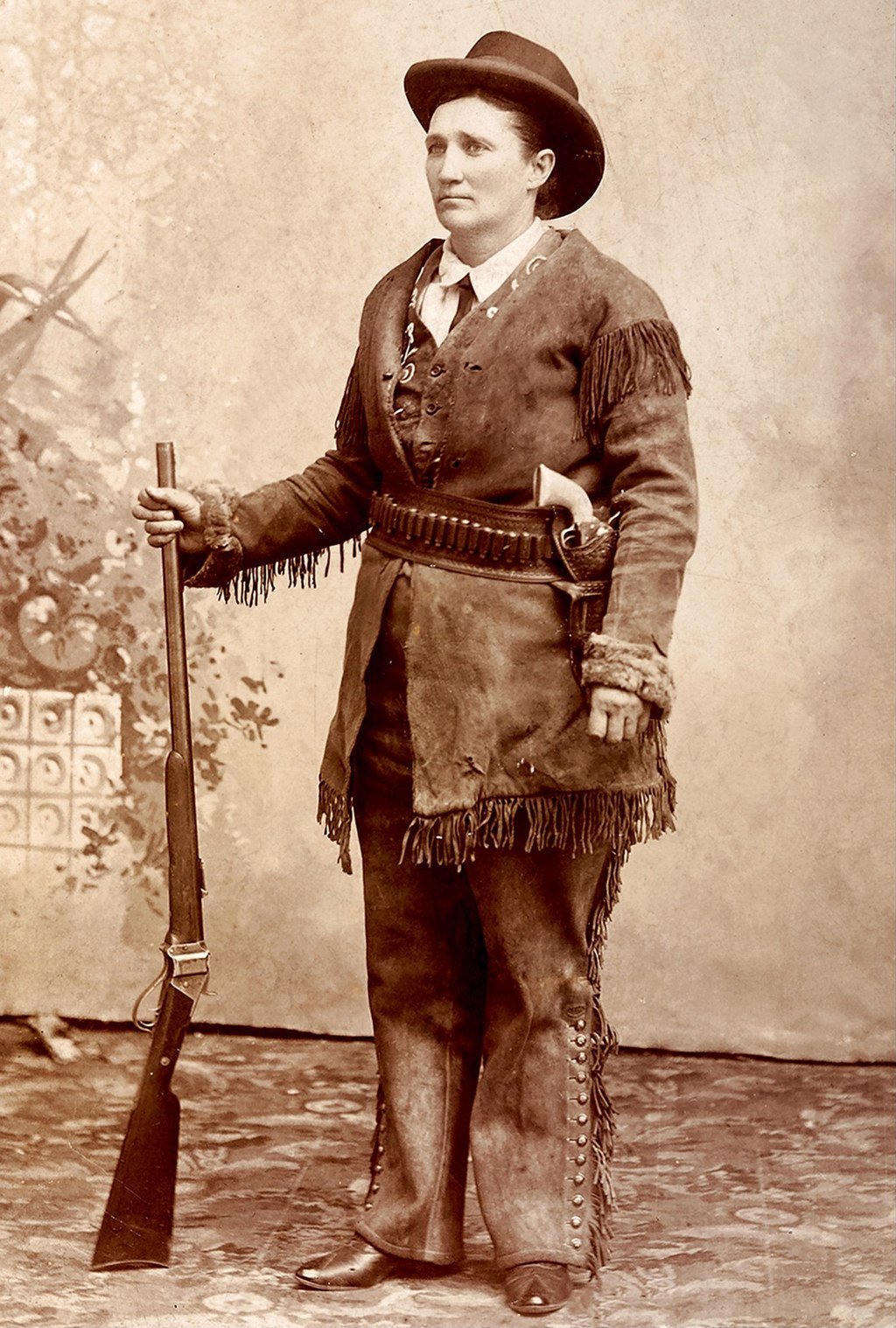The US Civil War was the first modern war in which the productive capacities of the industrial state were completely integrated into the war effort. This has significant impacts on the ability to kill and injure the enemy. Here, Richard Bluttal starts a three-part series on the impacts of trauma during wars by looking at the American Civil War.
Clara Barton, a nurse and founder of the American Red Cross, in the 1860s.
In early May 1864, Lieutenant General Ulysses S. Grant (1822-85) launched his Overland campaign, in which his Army of the Potomac clashed with Robert E. Lee’s Army of Northern Virginia in a series of battles in Virginia. Lt. J. E. Mallet of the Union army distinctly remembers the sensations experienced upon being hit.” I imagined that a cannonball had struck me on the left hipbone, that it took a downward course, tearing the intestines in its course, and lodged against the marrow of the right thigh bone. I fancied I saw sparks of fire, and curtains of cobwebs wet with dew, sparkling in the sun. I heard a monstrous roar of distant cataracts. I felt my teeth chatter, a rush of blood to my eyes, ears, nose and to the ends of my fingers and toes. I tried to get up, fell, and "became completely insensible” He described his wait on the battlefield (at least a day) and the journey to the hospital transport ship quite matter-of-factly. Men in his regiment on the ards. The heavy soft, unjacketed lead bullet flattened out on impact, which produced severe wounds and carrying pieces of clothing into the wound.
The number of combat engagements during the American Civil War was the largest in history to that time, and exponential increases in the killing power of weapons produced rates of casualties beyond the imagination of military medical planners. In a four-year period, 2,196 combat engagements were fought, in which 620,000 men perished—360,000 in the Union Army and 260,000 in the Confederate Army. Some 67,000 Union soldiers were killed outright, 43,000 died of wounds, and 130,000 were disfigured for life, often with missing limbs; 94,000 Confederate soldiers died of wounds. Twice as many soldiers died of disease during the war than in combat. During the 1860s, doctors had yet to develop bacteriology and were generally ignorant of the causes of disease. Generally, Civil War doctors underwent two years of medical school, though some pursued more education. Medicine in the United States was woefully behind Europe. Harvard Medical School did not even own a single stethoscope or microscope until after the war. Most Civil War surgeons had never treated a gunshot wound and many had never performed surgery. Medical boards admitted many "quacks," with little to no qualification. Yet, for the most part, the Civil War doctor (as understaffed, underqualified, and under-supplied as he was) did the best he could, muddling through the so-called "medical Middle Ages." Some 10,000 surgeons served in the Union army and about 4,000 served in the Confederate. Medicine made significant gains during the war. However, it was the tragedy of the era that medical knowledge of the 1860s had not yet encompassed the use of sterile dressings, antiseptic surgery, and the recognition of the importance of sanitation and hygiene. As a result, thousands died from diseases such as typhoid or dysentery.
Why did so many have to die? The deadliest thing that faced the Civil War soldier was disease. For every soldier who died in battle, two died of disease. In particular, intestinal complaints such as dysentery and diarrhea claimed many lives. In fact, diarrhea and dysentery alone claimed more men than did battle wounds. The Civil War soldier also faced outbreaks of measles, smallpox, malaria, pneumonia, or camp itch. Soldiers were exposed to malaria when camping in damp areas which were conductive to breeding mosquitos, while camp itch was caused by insects or a skin disease. In brief, the high incidence of disease was caused by inadequate physical examination of recruits, ignorance, the rural origin of soldiers, neglect of camp hygiene, insects and vermin, exposure; lack of clothing and shoes; poor food and water.
The Germ Theory, which states that microscopic bacteria and viruses caused disease, was not yet understood (Sohn). These pathogenic microorganisms thrived in filthy environments, and the conditions soldiers lived in were horrendous. Because of water shortages in camps, items were rarely cleaned. This includes all medical tools. If scalpels or forceps were dropped on the ground, they were "only washed in tap water," according to one Civil War surgeon (Ledoux). Between operations, tools were not sterilized. Doctors rarely washed their hands, and even less often were their garments cleaned. No one yet knew why these post-surgery infections took place, nor how to prevent them.
Organization of Battlefield Medical Care
On July 16, 1861, Clara Barton watched more than 30,000 “noble, gallant, [and] handsome” Federal soldiers, “armed to the teeth,” march out of Washington to confront a Confederate army near Manassas Junction, this was the first engagement, Battle of Bull Run, against confederate forces. Many around the country, soldiers and citizens alike, naively expected a short conflict with no need to prepare for large numbers of wounded. In the days before the First Battle of Bull Run, as the US Army neared contact with the enemy, the army’s medical department made no preparation to set up hospital sites until after the battle began. No permanent military hospital sites had been established in the city. Instead, sick soldiers were languishing in abandoned warehouses, churches, schools, and other public buildings. That meant Washington’s “hospitals” were already overflowing when the army left for battle. There was simply no space for more patients in these makeshift facilities. A significant number of Union wounded were left on the battlefield because the medical department didn’t have authority over most of the ambulances. The medical disaster at Bull Run in July 1861 convinced Clara Barton, ordinary citizens, and even the Union medical department to take the medical needs of the US Army in the aftermath of a battle more seriously,
How medical care was delivered on and off the battlefield changed during the war. Early on, stretcher bearers were members of the regimental band, and many fled when the battle started. There was no military ambulance corps in the Union Army until August of 1862. Until that time, civilians drove the ambulances. Initially the ambulance corps was under the Quartermaster corps, which meant that ambulances were often commandeered to deliver supplies and ammunition to the front.
If a soldier was injured during battle, volunteers took the howling victim behind the front lines using a stretcher made from canvas and wooden poles. From there, a horse-and-buggy-type wagon would cart them to the nearest field hospital. The "stretcher-bearers" would assess the condition of the patient, dividing them into three main categories: mortally wounded, slightly wounded, and surgical cases. They would then assist the patient to the best of their ability in the back of the jostling horse-drawn vehicle. This process was called "Letterman's Ambulance," devised by the director of the Army of the Potomac, Jonathan Letterman. His system evacuated the injured more efficiently and paved the way for our modern ambulance system.
Combat Related Injuries
In order to be reported, a soldier had to be either transported to or make it back to a field hospital, and this may have resulted in an underreporting of deaths from cannon fire. Most injuries resulted from the Minié ball invented by the French officer Claude-Etienne Minié in 1849. The Minié ball is a 0.58-caliber bullet that is slow moving and is made from soft lead. It flattens on impact and creates a wound that grows larger as the bullet moves deeper into tissues. It shatters bone above and below impact and usually does not exit. Because of its relatively slow muzzle velocity, it brought bits of clothing, skin, and bacteria into the wound. The majority of gunshot wounds occurred in the upper and lower extremities, but the fatality rate from these wounds was low. Only 18% of wounds were to the abdomen, but these were more often fatal from intestinal perforation in the preantibiotic era.
Non-Combat Related Death and Illness
A variety of factors contributed to a high rate of noncombat-related illness, including overcrowded and filthy camps. Latrines were often not used or were drained into drinking water supplies or not covered daily. Food quality was poor from several standpoints. It was poorly stored, poorly cooked, and lacked enough vitamin C to prevent scurvy. The Army of the Potomac eventually added a number of rules: camps had be pitched on new ground and drained by ditches 18 inches deep, tents had to be struck twice a week to sun their floors, cooking had to be done only by company cooks, all refuse had to be burned or buried daily, soldiers had to bathe twice a week and change clothing at least once a week, and latrines had to be 8 feet deep and covered by 6 inches of dirt daily.
There were few useful medications at the time, and about two thirds of all drugs were botanicals. In 1860 Oliver Wendell Holmes stated at the annual meeting of the Massachusetts Medical Society, “I firmly believe that if the whole material medica, as now used, could be sunk to the bottom of the sea, it would be all the better for mankind,—and all the worse for the fishes”. Medications that were helpful included quinine for malaria, morphine, chloroform, and ether, as well as paregoric. Many others were harmful. Fowler's solution was used to treat fevers and contained arsenic. Calomel (mercurous chloride) was used for diarrhea. Mercury is excreted in high concentration in saliva. This led to excessive salivation, loss of teeth, and gangrene of the mouth and cheeks in some patients.
Battlefield Wounded and Surgery
Battlefield surgery was also at best archaic. Doctors often took over houses, churches, schools, even barns for hospitals. The field hospital was located near the front lines -- sometimes only a mile behind the lines -- and was marked with a yellow flag with a green "H". Anesthesia's first recorded use was in 1846 and was commonly in use during the Civil War. In fact, there are 800,000 recorded cases of its use. Chloroform was the most common anesthetic, used in 75% of operations. In a sample of 8,900 uses of anesthesia, only 43 deaths were attributed to the anesthetic, a remarkable mortality rate of 0.4%. Anesthesia was usually administered by the open-drop technique. The anesthetic was applied to a cloth held over the patient's mouth and nose and was withdrawn after the patient was unconscious. Surgeons worked all night, with piles of limbs reaching four or five feet. Lack of water and time meant they did not wash off their hands or instruments. Bloody fingers often were used as probes. Bloody knives were used as scalpels. Doctors operated in pus-stained coats. Everything about Civil War surgery was septic. The antiseptic era and Lister's pioneering works in medicine were in the future. Blood poisoning, sepsis or Pyemia (Pyemia meaning literally pus in the blood) was common and often very deadly. Surgical fevers and gangrene were constant threats. One witness described surgery as such: "Tables about breast high had been erected upon which the screaming victims were having legs and arms cut off. The surgeons and their assistants, stripped to the waist and bespattered with blood, stood around, some holding the poor fellows while others, armed with long, bloody knives and saws, cut and sawed away with frightful rapidity, throwing the mangled limbs on a pile nearby as soon as removed." If a soldier survived the table, he faced awful surgical fever. However, about 75% of amputees did survive.
Amputation was the most successful method used to halt the spread of deadly infections, like gangrene, caused by battle wounds during the Civil War. Contrary to popular belief, the process was not as barbaric as it seemed. The process was efficient and effective. After a soldier was injured on the battlefield, he was immediately bandaged by medical volunteers. He was shuttled to either the nearest field hospital or medical tent at a camp using the new ambulance system. On the way, the wounded soldier was given whiskey to ease his shock. Once the patient, still in great distress, was set on an "operating table," a chloroform- soaked cloth was held onto the patient's nose and mouth. Tourniquets were tightly secured above the amputation area to prevent the patient from bleeding out. A long, though often dull, blade was used to sever tissue and ligaments, then a serrated saw was used to cut through the bone. One man who witnessed an amputation said this: "Tables about breast high had been erected upon which the screaming victims were having legs and arms cut off. The `surgeons and their assistants, stripped to the waist and bespattered with blood, stood around, some holding the poorfellows while others, armed with long, bloody knives and saws, cut and sawed away with frightful rapidity, throwing the mangled limbs on a pile nearby as soon as removed.” An experienced field surgeon could perform an amputation in under ten minutes.
Medical advances and improvements leading up to World War 1
The contributions to medical care that developed during the Civil War have not been fully appreciated, probably because the quality of care administered was compared against modern standards rather than the standards of the time. The specific accomplishments that constituted major advances were as follows. 1. Accumulation of adequate records and detailed reports for the first time permitted a complete military medical history. This led to the publication of the Medical and Surgical History of the War of the Rebellion, which was identified in Europe as the first major academic accomplishment by US medicine. 2. Development of a system of managing mass casualties, including aid stations, field hospitals, and general hospitals, set the pattern for management of the wounded in World War I, World War II, and the Korean War. 3. The pavilion-style general hospitals, which were well ventilated and clean, were copied in the design of large civilian hospitals over the next 75 years. 4. The importance of immediate, definitive treatment of wounds and fractures was demonstrated, and it was shown that major operative procedures, such as amputation, were optimally carried out in the first 24 hours after wounding. 5. The importance of sanitation and hygiene in preventing infection, disease, and death among the troops in the field was demonstrated. 6. Female nurses were introduced to hospital care and Catholic orders entered the hospital business. 7. The experience and training of thousands of physicians were upgraded, and they were introduced to new ideas and standards of care. These included familiarity with prevention and treatment of infectious disease, with anesthetic agents, and with surgical principles that rapidly advanced the overall quality of American medical practice. 8. The Sanitary Commission was formed, a civilian-organized soldier's relief society that set the pattern for the development of the American Red Cross.
In August of 1862, a physician named Jonathan Letterman set up the first ambulance system in the Union’s Army of the Potomac. With the support of Hammond, he instituted a three-step system for evacuating soldiers from the battlefield and established the Ambulance Corps. Their first stop was a field dressing station, where tourniquets were applied, and wounds were dressed. Then they moved to a field hospital, where doctors performed emergency medical procedures. Finally, ambulances would transport patients to a large hospital far from the battlefield for long-term treatment. The U.S. military uses the same basic system today.
What do you think of trauma during the US Civil War? Let us know below.
Now read Richard’s piece on the history of slavery in New York here.
















